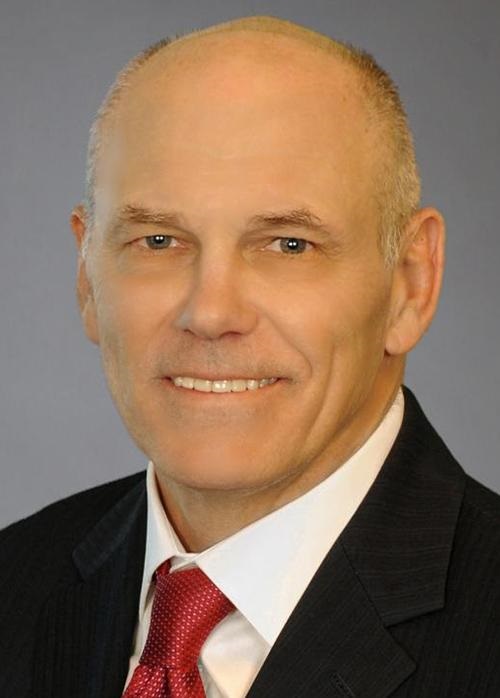Employer group in Houston plans to use the numbers to pressure lawmakers for policy changes involving how hospitals and health plans price their services
Clinical laboratory leaders will probably not be surprised to learn that wide disparities exist between what Medicare pays hospitals and what is paid by private insurers and employers. That’s according to analysis by the Houston Business Coalition on Health (HBCH) which examined costs and billing practices at four of the region’s top hospitals, each a flagship for its respective health system.
This study—by a business group concerned about the spiraling cost of healthcare for their employees—is significant because it indicates that some large employers are willing to become more aggressive in driving down healthcare costs. In the Houston study, three of these hospitals—Houston Methodist, Memorial Hermann, and HCA Houston Medical Center—charged more than 250% over Medicare, noted a press release, which stated the group plans to use the numbers to lobby Texas lawmakers for policy changes.
“The prices employers paid to hospitals are unsustainable and negatively impact business growth, family quality of life, and resources needed for other critical community social needs,” said HBCH executive director Chris Skisak, PhD, in the press release. “Our intent in sharing and publicizing these resources is to facilitate direct discussions with health systems and employers to better understand the ramifications to Houston businesses and the greater community.”
The HBCH describes itself as a resource for local employers and healthcare providers seeking to promote cost-effective healthcare delivery and health benefits. It has 60 members that collectively provide healthcare coverage for 500,000 area residents.

Hospital Claims Medicare Reimbursement Flawed
A spokesperson for Memorial Hermann disputed the HBCH’s analysis, telling the Houston Chronicle that “Medicare reimbursement is a flawed and an inappropriate benchmark to use for commercial payments, as Medicare payments do not cover the cost of services provided.”
But the HBCH analysis also disclosed that each hospital was charging private insurers more than double the breakeven, defined as the amount needed “to make up for any shortfalls from public sector payers such as Medicare and Medicaid and uninsured patients.” And they “achieved a commercial profit margin of more than 45%” over the breakeven.
The fourth hospital, Baylor St. Luke’s, charged 216% over Medicare and had a commercial profit margin of close to 20%.
The HBCH based its analysis on publicly available data and tools from RAND Corporation, The National Academy for State Health Policy (NASHP), and Sage Transparency, an interactive, customizable dashboard which uses both public and proprietary data to compare and display hospital prices and quality.
The Medicare claims data came from a RAND study, titled, “Prices Paid to Hospitals by Private Health Plans.” The 53-page report is accompanied by a downloadable spreadsheet with details on prices at more than 4,000 hospitals in 49 states plus the District of Columbia. Released in May, it covers data from 2018 through 2020.
The HBCH analysts combined data from this report with data from the NASHP Hospital Cost Tool (HCT), which was released in April. The HCT allows anyone with a web browser to look up cost metrics for 4,600 hospitals in the US. The numbers, available through 2019, include revenue, profitability, and breakeven points. It also incorporates an earlier set of the RAND Medicare claims data.
An NASHP press release notes that the breakeven calculation “accounts for a hospital’s operating costs, profit or loss from public coverage programs, charity care and uninsured patient hospital costs, Medicare disallowed costs, and a hospital’s other income and expense.”
The HBCH press release notes that hospitals need only 127% of Medicare to break even.
National Numbers
Nationally, the RAND study found wide variations in prices paid by private health plans from state to state. “In Texas, prices paid to hospitals for privately insured patients by employers averaged 252% of what Medicare would have paid,” the HBCH press release noted.
But that places Texas around the middle of the pack compared with other states. According to a Rand press release, prices charged to commercial payers were over 310% of Medicare in Florida, West Virginia, and South Carolina. But in Arkansas, Hawaii, and Washington, the numbers were below 175% of Medicare. The overall national average was 224%, the study found.
The RAND report’s downloadable spreadsheet breaks out the numbers by state and for individual health systems by name.
Numbers like these could have policy ramifications as employers seek to reduce the costs of providing health benefits. “The data is already being used to guide a new path forward,” states the HBCH press release. “As an example, HBCH and its members are working to demand transparency and change policies in the upcoming Texas 88th Legislative Session to eliminate anti-competitive language between hospitals and health plans.”
Clinical laboratory managers and pathologists working in hospitals and health systems will want to watch how employer groups respond to future studies of hospital pricing compared to the Medicare program. Employers increasingly are dissatisfied with the status quo in how hospitals and doctors price their services to health insurers.
It is reasonable to expect more studies to be published that compare what hospitals charge private health insurers versus what they are paid by the Medicare program.
—Stephen Beale
Related Information:
Understanding NASHP’s Hospital Cost Tool: Commercial Breakeven
Private Health Plans During 2020 Paid Hospitals 224% of What Medicare Would
Prices Paid to Hospitals by Private Health Plans
Understanding Hospital Costs—New Tool Makes Data More Transparent and Accessible
Some Houston Hospitals Are Charging Private Insurers Up To 3x What Medicare Pays as Deductibles Rise



